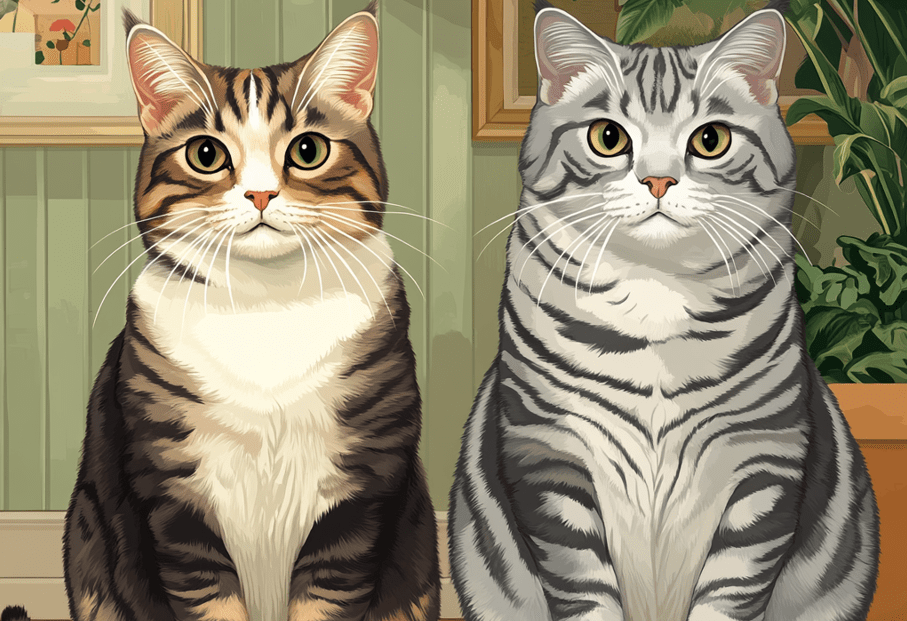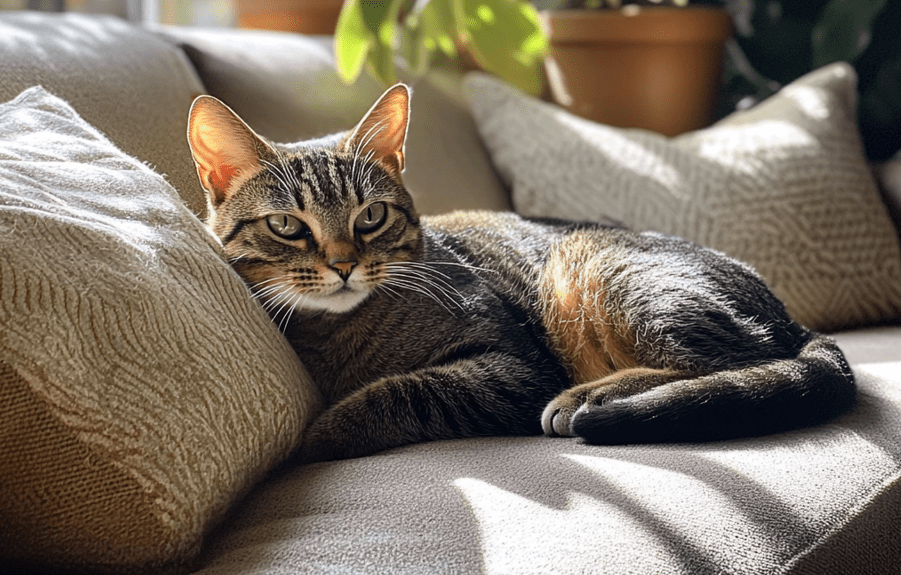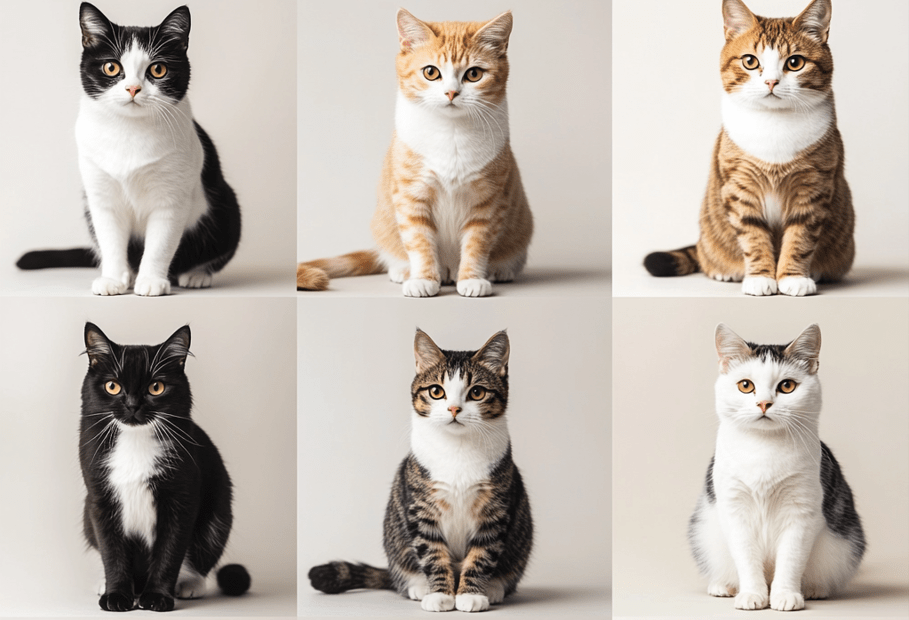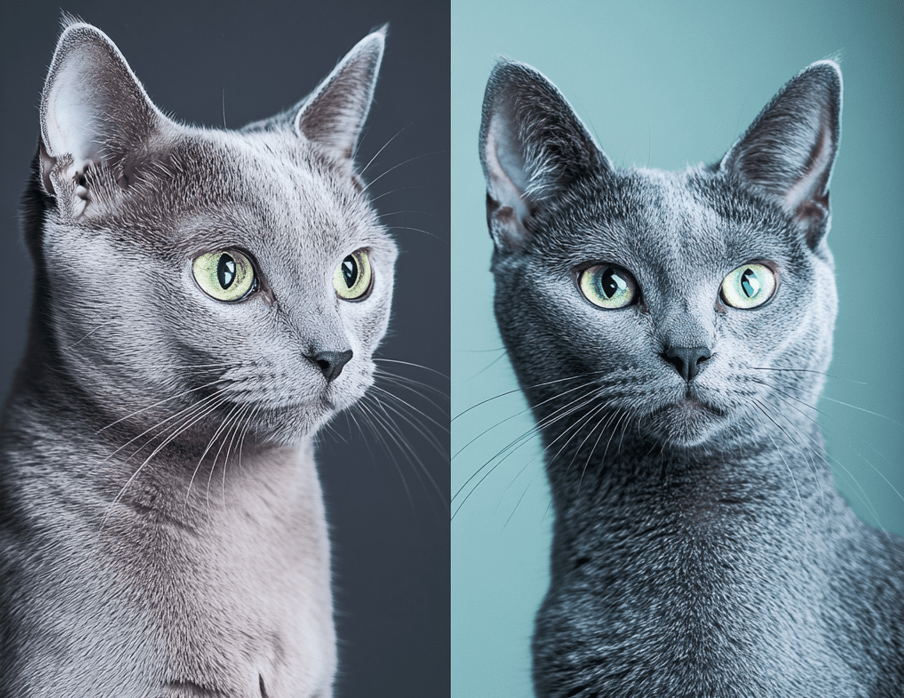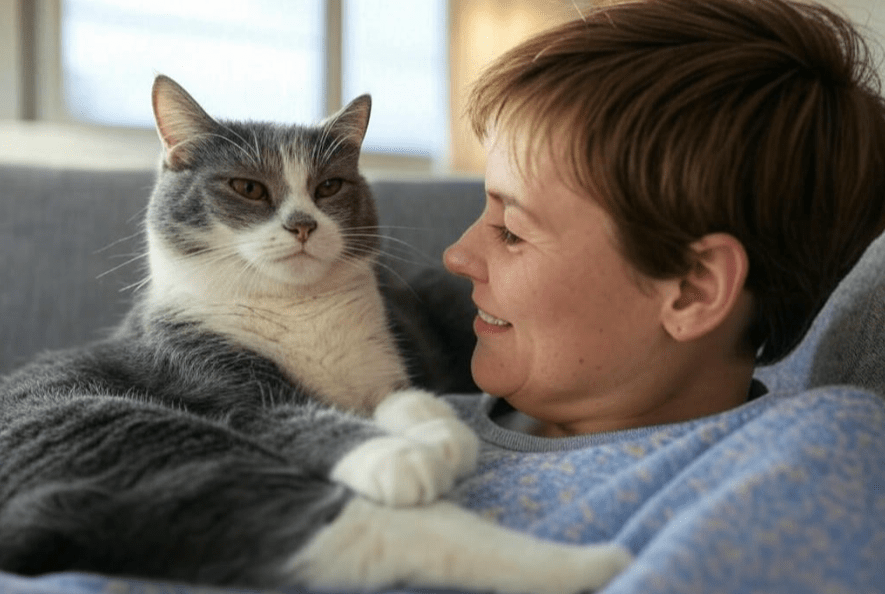
Domestic Shorthair cats are beloved for their playful personalities, adaptability, and charming quirks. However, their discerning nature can make finding the right litter box a challenge, especially for those with picky habits. If your Domestic Shorthair cat is avoiding the litter box, kicking litter everywhere, or showing signs of dissatisfaction, you’re not alone. This comprehensive guide explores the best litter box solutions tailored to the unique needs of Domestic Shorthairs, offering practical tips, product recommendations, and insights to ensure your feline friend feels comfortable and content.
Understanding Your Domestic Shorthair’s Litter Box Preferences
Domestic Shorthairs are not a specific breed but a category of mixed-breed cats with short coats, known for their diverse personalities and behaviors. Their litter box habits can vary widely, influenced by instincts, environment, and individual preferences. Some Domestic Shorthairs are meticulous about cleanliness, while others may be sensitive to smells, textures, or confined spaces. Understanding these preferences is the first step toward finding effective litter box solutions.
Why Are Domestic Shorthairs Picky About Litter Boxes?
Instinctual Needs: Cats naturally seek clean, safe spaces to eliminate. A litter box that feels cramped or smells unpleasant can deter even the most easygoing Domestic Shorthair.
Sensory Sensitivities: Domestic Shorthairs often have strong preferences for litter texture, scent, or depth. A coarse litter or strong fragrance might feel uncomfortable.
Territorial Behavior: Cats are territorial, and a poorly placed litter box or one shared with other pets may cause stress.
Health Issues: Medical conditions like urinary tract infections or arthritis can make accessing or using a litter box difficult, leading to avoidance.
Environmental Stress: Changes in the household, like new pets or rearranged furniture, can disrupt your cat’s routine and litter box habits.
By addressing these factors, you can create a litter box setup that aligns with your Domestic Shorthair’s instincts and preferences.
Key Features of an Ideal Litter Box for Domestic Shorthairs
Choosing the right litter box involves balancing your cat’s needs with practicality for your home. Here are the essential features to consider:
1. Size and Space
Domestic Shorthairs come in various sizes, but most prefer a spacious litter box where they can move comfortably. A general rule is to choose a box 1.5 times the length of your cat from nose to tail. Large litter boxes prevent your cat from feeling cramped and reduce litter scatter.
Recommendation: The Petmate Open Cat Litter Pan (Extra Large) offers ample space for Domestic Shorthairs to turn around and dig without feeling confined.
2. Low or High Sides
Picky Domestic Shorthairs may have specific preferences for entry and exit. Kittens or senior cats with mobility issues benefit from low-sided boxes, while high-sided boxes are ideal for enthusiastic diggers who scatter litter.
Recommendation: The Nature’s Miracle High-Sided Litter Box combines accessibility with high walls to contain mess, perfect for active Domestic Shorthairs.
3. Covered vs. Uncovered
Covered litter boxes offer privacy and reduce odor, but some Domestic Shorthairs find them claustrophobic. Uncovered boxes provide easy access but may lead to more litter tracking. Test both to see what your cat prefers.
Recommendation: The Catit Jumbo Hooded Cat Litter Pan has a removable cover, allowing you to experiment with your cat’s preference.
4. Self-Cleaning Options
For busy pet owners, self-cleaning litter boxes can maintain cleanliness, which is crucial for picky Domestic Shorthairs. However, some cats may be startled by the noise or motion of automatic scooping.
Recommendation: The Litter-Robot 4 is a premium self-cleaning option with a quiet cycle and spacious interior, ideal for sensitive Domestic Shorthairs.
5. Placement and Accessibility
Litter box placement is critical. Domestic Shorthairs prefer quiet, low-traffic areas where they feel secure. Avoid placing the box near noisy appliances or in cramped corners. Ensure easy access, especially for senior cats or those with health issues.
Choosing the Right Litter for Your Domestic Shorthair
The litter you choose is just as important as the box itself. Domestic Shorthairs often have strong opinions about litter texture, scent, and dust levels. Here’s a breakdown of popular litter types and their suitability:

1. Clumping Clay Litter
Clumping clay litter is a favorite for its ease of scooping and odor control. However, some Domestic Shorthairs dislike the texture or dust.
2. Non-Clumping Clay Litter
Non-clumping clay is affordable but requires frequent changing and may not control odors as effectively. It’s less popular with fastidious Domestic Shorthairs.
3. Silica Gel Crystals
Silica gel litter absorbs moisture and controls odors well, but its hard texture can be off-putting for some cats.
4. Natural and Biodegradable Litters
Litter made from wood, corn, or wheat is eco-friendly and often less dusty, making it a good choice for sensitive Domestic Shorthairs.
5. Scented vs. Unscented
Scented litters may mask odors for humans but can overwhelm a Domestic Shorthair’s sensitive nose. Unscented options are usually a safer bet.
Top Litter Box Solutions for Picky Domestic Shorthairs
Based on research, customer reviews, and expert insights, here are the best litter box setups for Domestic Shorthairs with picky habits:
1. Best Overall: Modkat Flip Litter Box
Why It Works: The Modkat Flip offers a sleek design with a foldable lid for adjustable privacy. Its high walls and top-entry option reduce litter tracking, while the spacious interior suits most Domestic Shorthairs.
Pros: Easy to clean, reusable liner, stylish design.
Cons: Top-entry may not suit senior cats.
Best For: Cats who dig vigorously or dislike covered boxes.
2. Best Budget: Van Ness High-Sided Cat Litter Pan
Why It Works: Affordable and functional, this high-sided box contains messes without breaking the bank. Its simple design appeals to Domestic Shorthairs who prefer open spaces.
Pros: Durable, easy to clean, low entry for kittens or seniors.
Cons: No cover for odor control.
Best For: Budget-conscious owners with messy cats.
3. Best Self-Cleaning: Litter-Robot 4
Why It Works: This high-tech box automatically sifts waste, keeping the litter clean for picky Domestic Shorthairs. Its quiet operation and app monitoring make it user-friendly.
Pros: Reduces scooping, health alerts, spacious.
Cons: Expensive, may require adjustment period.
Best For: Tech-savvy owners with fastidious cats.
4. Best for Small Spaces: IRIS Top Entry Cat Litter Box
Why It Works: Compact yet functional, this top-entry box fits small apartments while minimizing litter scatter. Its modern design blends into any home.
Pros: Space-saving, reduces tracking, easy to clean.
Cons: Not ideal for mobility-impaired cats.
Best For: Urban dwellers with picky Domestic Shorthairs.
5. Best for Senior Cats: PuppyGoHere Litter Pan
Why It Works: Designed with low entry points, this box is perfect for older Domestic Shorthairs with arthritis or mobility issues. Its open design feels non-restrictive.
Pros: Accessible, durable, versatile sizes.
Cons: Limited mess containment.
Best For: Senior cats or those with health concerns.
Troubleshooting Common Litter Box Issues
Even with the perfect litter box, Domestic Shorthairs may exhibit problems. Here’s how to address common issues:
1. Litter Box Avoidance
Possible Causes: Dirty box, unsuitable litter, medical issues, or stress.
Solutions:
1.Scoop daily and deep-clean weekly.
2.Experiment with different litter types.
3.Consult a vet to rule out health problems like UTIs.
4.Ensure the box is in a quiet, accessible location.
2. Litter Tracking
Possible Causes: Small box, enthusiastic digging, or dusty litter.
Solutions:
1.Use a high-sided or top-entry box.
2.Place a litter mat outside the box.
3.Switch to low-dust or larger-grain litter.
3. Odor Issues
Possible Causes: Infrequent cleaning, poor ventilation, or scented litter.
Solutions:
1.Clean the box regularly and use baking soda or charcoal filters.
2.Choose unscented, odor-absorbing litter.
3.Consider a covered box with ventilation.
4. Stress-Related Problems
Possible Causes: Household changes, multi-cat conflicts, or loud environments.
Solutions:
1.Provide one litter box per cat, plus one extra.
2.Use calming aids like Feliway diffusers.
3.Maintain a consistent routine.
Creating a Litter Box Routine for Your Domestic Shorthair
Consistency is key to keeping your Domestic Shorthair happy with their litter box. Follow these steps:
Scoop Daily: Remove waste to maintain cleanliness and prevent avoidance.
Deep-Clean Weekly: Wash the box with mild soap and water, avoiding harsh chemicals that could deter your cat.
Monitor Behavior: Watch for signs of discomfort, like straining or frequent trips to the box, which may indicate health issues.

Adjust as Needed: If your cat shows dissatisfaction, tweak the litter type, box placement, or cleaning schedule.
Provide Options: In multi-cat homes, offer multiple boxes in different locations to reduce competition.
Health Considerations for Litter Box Habits
Litter box issues can sometimes signal underlying health problems in Domestic Shorthairs. Keep an eye out for these red flags:
Frequent Urination or Straining: May indicate a urinary tract infection or bladder stones.
Blood in Urine: Could signal infection, crystals, or more serious conditions.
Lethargy or Appetite Changes: General health issues can affect litter box behavior.
Arthritis or Mobility Issues: Senior Domestic Shorthairs may struggle with high-sided or covered boxes.
If you notice any of these signs, consult your veterinarian promptly. Early intervention can prevent discomfort and reinforce good litter box habits.
Tailoring Solutions to Your Domestic Shorthair’s Personality
Every Domestic Shorthair is unique, and their litter box preferences reflect their personality. Here’s how to customize solutions:
For Playful Cats: Choose a sturdy, high-sided box to handle enthusiastic digging. Add toys near the box to make the area inviting.
For Shy Cats: Opt for a covered box in a secluded spot to provide privacy and security.
For Picky Cats: Test multiple litter types and textures, and maintain a spotless box to meet their high standards.
For Senior Cats: Prioritize low-entry boxes and soft, comfortable litter to accommodate mobility challenges.
Final Thoughts: Building a Happy Litter Box Experience

Finding the best litter box solutions for your Domestic Shorthair with picky habits requires patience, observation, and a willingness to experiment. By choosing a spacious, clean, and accessible litter box, pairing it with the right litter, and addressing any behavioral or health issues, you can create an environment where your cat feels confident and comfortable. Whether you opt for a high-tech self-cleaning box like the Litter-Robot 4 or a budget-friendly option like the Van Ness High-Sided Pan, the key is to prioritize your Domestic Shorthair’s unique needs.
With the right setup, you’ll not only solve litter box challenges but also strengthen the bond with your feline friend, ensuring a harmonious and mess-free home.

